"Yuru Kyara" Grand Prix
 Wednesday, December 5, 2012 at 11:02AM
Wednesday, December 5, 2012 at 11:02AM
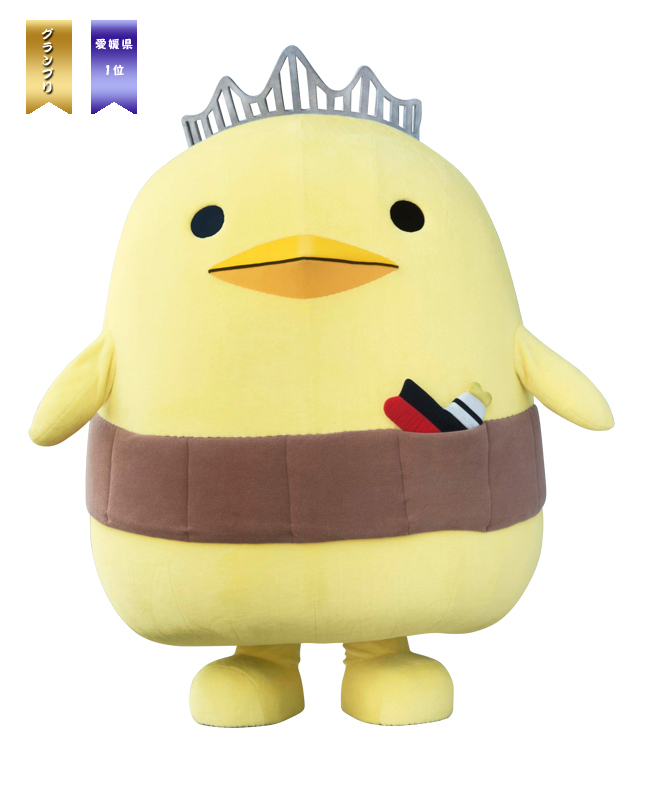
Yes, there are contests for these kinds of things in Japan and the winner of the 2012 Town Page Yuru Kyara Grand Prix was Balii-san (バリィ) from Ehime prefecture.
Runner-up in last year's contest, Balii-san is a chicken who hails from the city of Imabari (今治) which is famous for its yakitori and towels. The pressure was on Barii-san to win this year's title. Had she lost, she might have been sliced up, skewered and grilled. (バリイうまっ!)
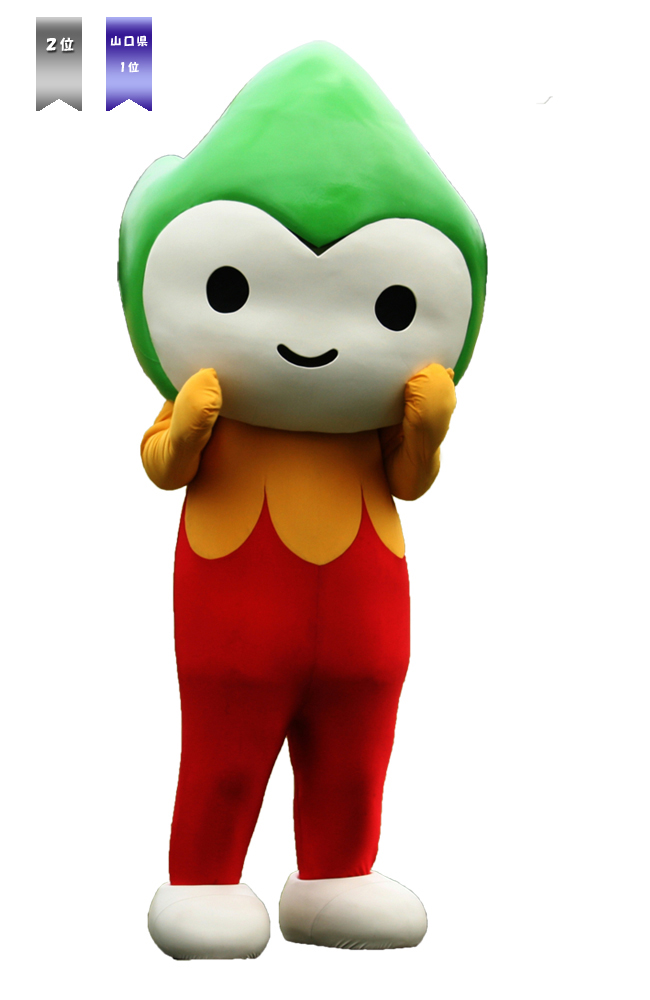
In second place was Choruru (ちょるる) from Yamaguchi prefecture. The kind-hearted Choruru likes to stay active. His green crown of hair is said to be an antenna that captures the energy of the people and nature around him. Fascinating!
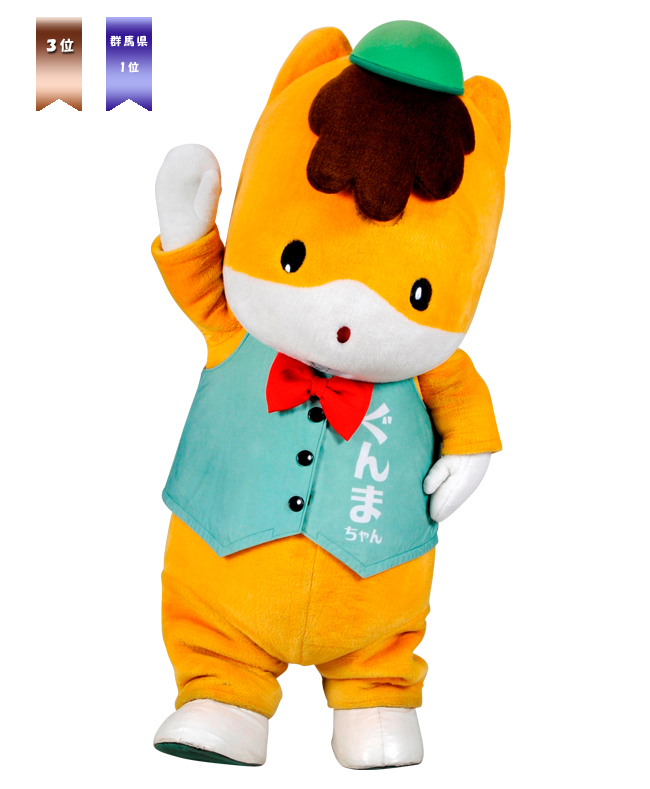
Gunma prefecture's mascot, Gunma-chan (ぐんまちゃん), who came in third this year, often appears in local magazines, advertisements, and televesion programs. The most popular character in Gunma, they say that there isn't a single person in the prefecture who doesn't know who he is. Gunma-chan is currently traveling the country promoting the prefecture. Watch out, kids: the ass kicks.
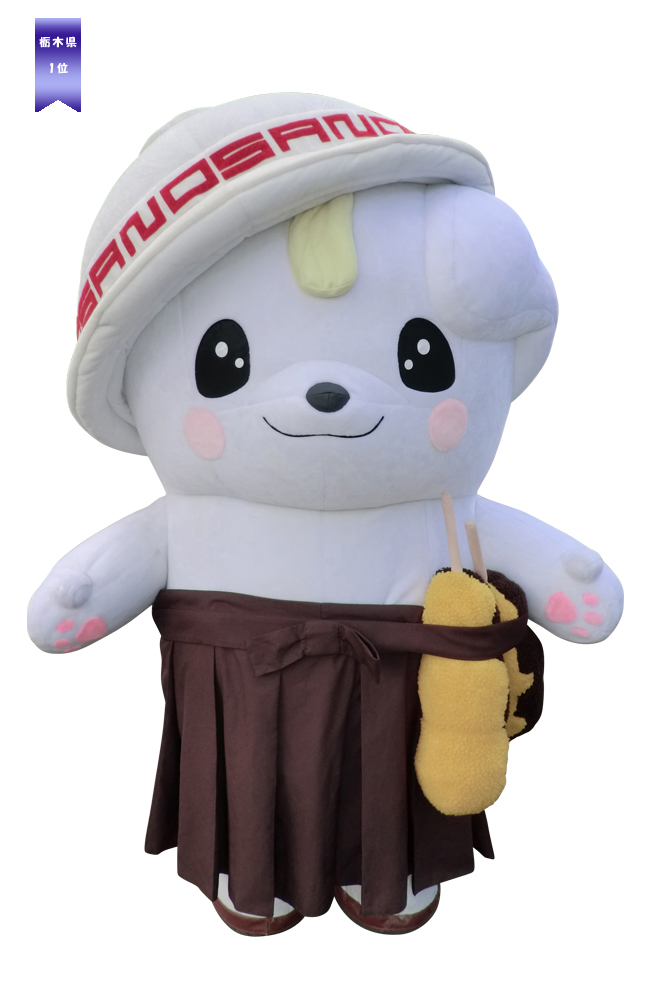
Sanomaru (さのまる), who wears a wooden Sano ramen bowl on his head, placed fourth in this year's Gran Prix. He is a samurai, armed with two fried sweet potatoes for swords (lethally delicious, I've been told), and lives in the working-class district of Sano. If you take a close look at his hat, you'll see that instead of the raimon design, common along the rim of the ramen bowls, Sanomaru's name is written in red letters.
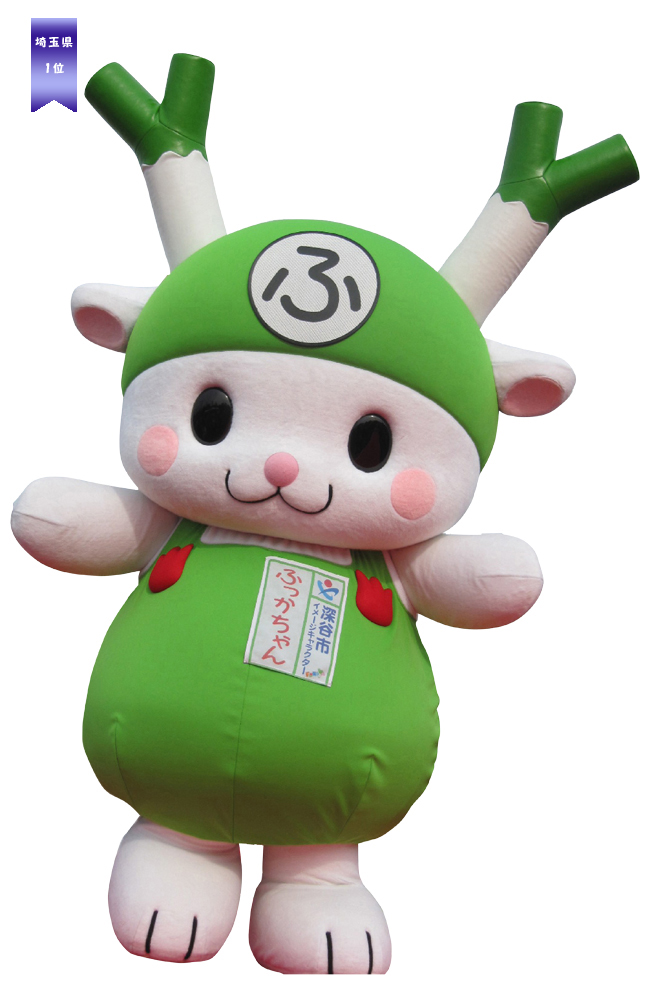
In fifth place was Fukka-chan (ふっかちゃん) of Fukaya, Saitama prefecture. She has long green onions for horns, which are a special agricultural product from her hometown.
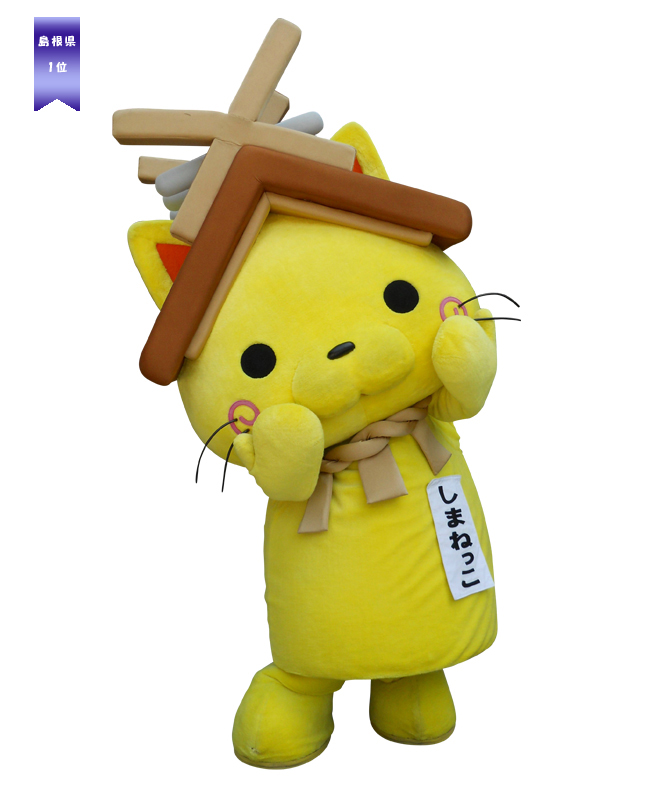
In sixth place was Shimanekko (しまねっこ) from Shimane prefecture. Self-respect prevents me from translating the drivel that accompanied the photo. Go have a look for yourself.
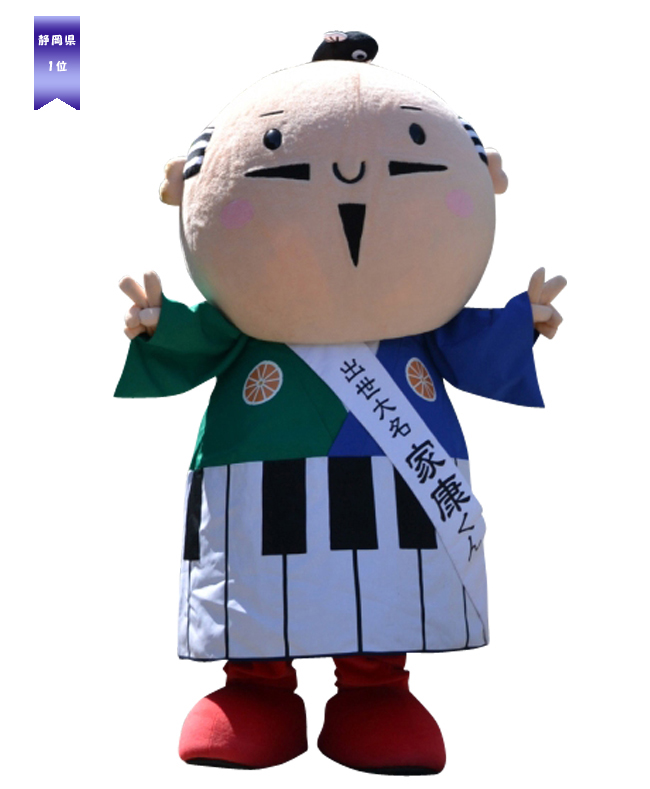
While Shusse Daimyô Ieyasu-kun (出世大名家康くん) of Hamamatsu city, Shizuoka prefecture came in seventh this year, his name is first in length and means "Ieyasu a feudal Lord who is moving up in the world". He's got an eel for a chonmage (topknot) and rumor has that if you touch it you will also succeed in life. Sometimes its better to just be satisfied with what you have.
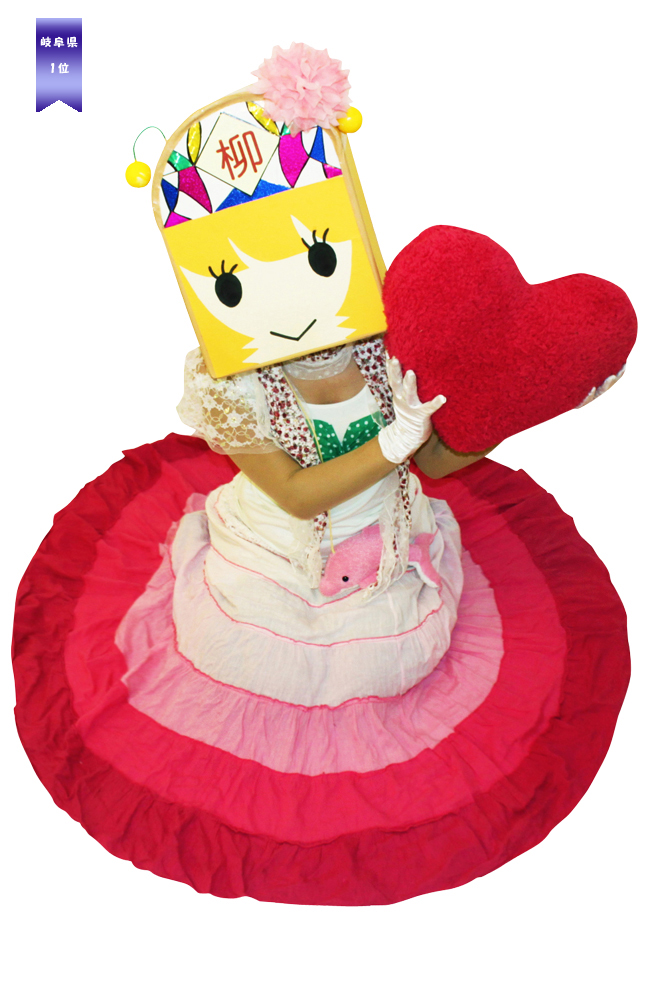
You gotta be kidding.
Yanana (やなな) will be retiring next March (Thank God!) and gave it her all in this year’s Grand Prix to bring vitality and smiles to her beloved town of Yanagase. (Blech!) Would you believe it that this yuru kyara came in third in 2010? (Were the judges drunk?) Well, it’s true. Although she remained at eighth place for a second time this year, in the hearts of the people of her hometown, Yanana will always be Number 1. (Yuck.)
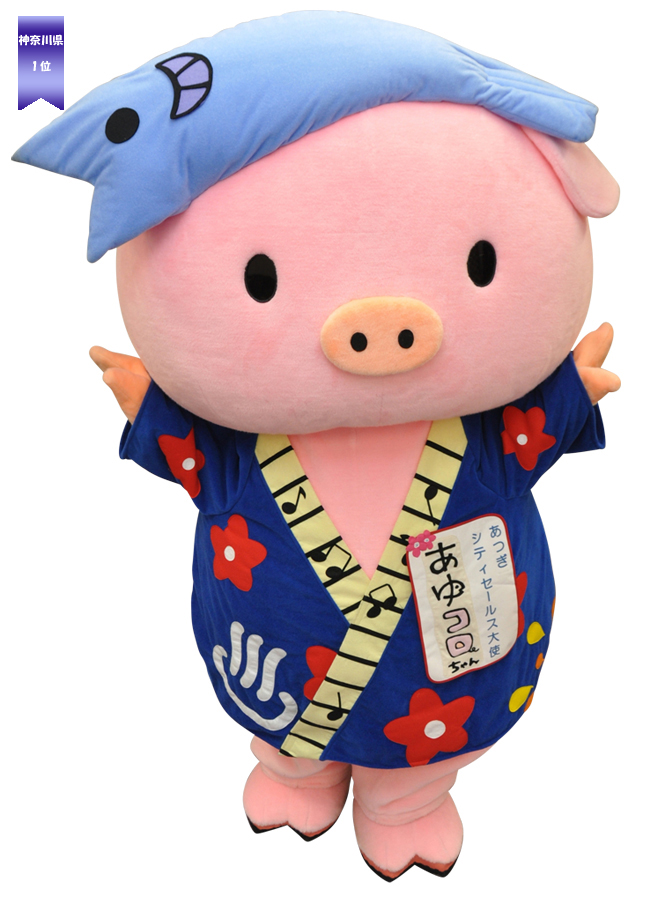
Ayukoro-chan (あゆコロちゃん) of Atsugi City, Kanagawa prefecture was ninth.
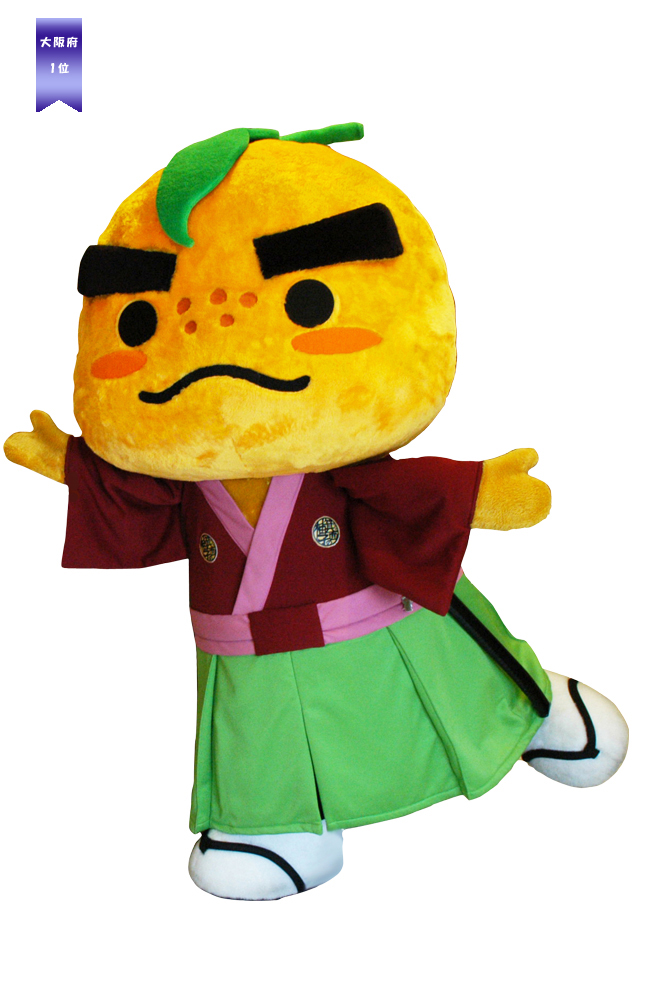
Tatsunomichi Yuzuru (竜の道ゆずる) from Ôita prefecture placed tenth.
Just in case you were wondering, yuru kyara is a contraction of “yurui" (loose, smooth, gentle) and "character”. A mascot needs to fulfill three conditions be recognized as a yuru kyara. One, it must convey "a strong message brimming with love for one’s hometown or region". Two, it must appear "unstable on its feet" and at the same time "unique" in its movements. And, three, it must possess "likability" and that “looseness” again. (Let's hope it's not the mascots' bowels they're speaking of.)
Anyways, after looking through a number of these "yuru kyara"*, I couldn't help but conclude that if local and national governmental bodies in Japan had put as much effort into solving their problems as they did in creating these stupid characters, this country might be a different place today.
*You can find an exhaustive list of "yuru" characters on Wikipedia.
Crowe's works are now available on Kindle. You can follow Crowe's tweets @AonghasCrowe or friend him on Facebook.
